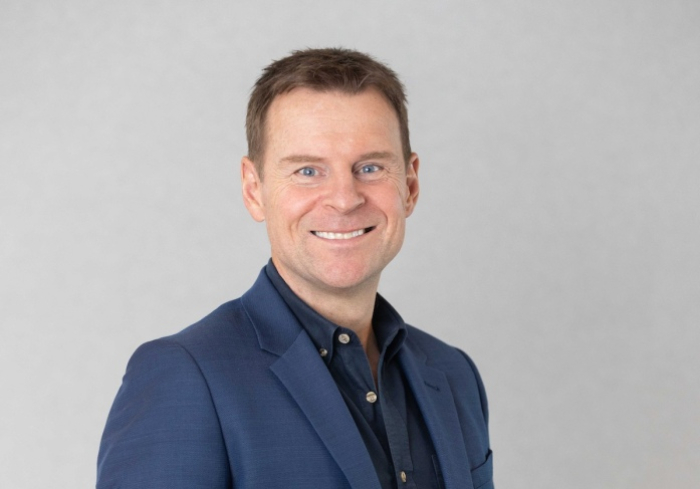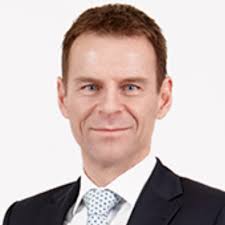Chris Aughton, CEO, EnviroNZ
For New Zealand Inc, moving to a circular economy where we are reusing and recovering as much consumed product as we can, is an absolute imperative. How we get there is a work in progress. While many public and private organisations are aligned for this outcome, there is still a lot of work to do to bring a clear, integrated national strategy together.
A waste strategy is a key part of the circular economy model, but it cannot be done unilaterally or in isolation of strategies for the likes of food, packaging, import, manufacturing, and agricultural sectors. They all tie into one system. If we focus on just one area, we will not get to the source of the issue or a linked solution.
The whole focus of the way New Zealand operates should be on designing out waste. Instead of diverting waste, we must reduce how much we create. Ideally, we should also stop difficult and non-recyclable products from entering our country.
My goal is for New Zealand to be world-leading in waste minimisation and material recovery in all aspects of everyday life. The way we purchase, consume, and dispose of products in future should be as thoughtful and intuitive as not using single use plastic bags is now for everyday Kiwis.
This means ensuring we have the right framework and stewardship schemes in place to deal with all the issues. We need a strong blueprint from central government stating the outcomes they want to achieve.
That blueprint must have private companies and territorial authorities on board. At the moment, many local councils who have influence over general household waste have their own particular goals, when they want to achieve them and how.
Part of the initial brief from Sir Rob Fenwick for The Aotearoa Circle was for the public and private sectors to collaboratively find solutions. We see our role as working with the public sector on his initiatives.
For example, Sir Rob helped to create the Waste Minimisation Act, which we support. Through this, funding is generated which could be invested in circular economy infrastructure that achieves a national outcome.
A future waste strategy will align, for example, with The Aotearoa Circle Food Strategy – how food is grown and distributed with less extraction of natural capital at the outset. A sustainable financial environment is also fundamental for moving to a circular economy. It must be financially viable to invest then reduce, reuse, recycle and recover.
The linear economy we have been living in continues to extract from our natural capital, which is senseless. However, we recognise there are many moving parts to achieve a circular economy – there is no easy solution.
We do not see ourselves as a waste management company, but an environmental services company managing valuable materials. At present we feel a little like the ambulance at the bottom of the cliff – the amount, type and composition of waste created is already determined when we receive it. We do our best to collect, extract and process it but would rather be part of the whole circle to help design what gets created.
I believe there is an openness now with the public and private sectors to create solutions. The Government has done a much better job of reaching out to the sector in recent years. We have regular conversations with them and feel they listen.
Already there are a lot of good initiatives that divert and recover used materials but often people don’t realise what is available as it hasn’t been well promoted by the industry or it could be only known at a local level.
For example, we started a contract in September which is quite transformational for Hamilton City. We are now collecting their food waste separately from their general waste and other recycling. It was estimated that, by weight, fifty percent of a typical refuse bin in Hamilton is food waste, amounting to 5,500 – 6,000 tonnes a year. This new service has been embraced by the Hamilton community and using the food waste bin is becoming part of their everyday activity.
We collect the food waste in an electric vehicle for processing at our Hampton Downs facility. The high-quality compost we produce goes to the agricultural sector and some back to Hamilton Gardens. The electric vehicles are carbon neutral, the composting does not release methane, and we are putting compost back into the land. This is a circular economy in practice.
EnviroNZ also pioneered the process in New Zealand for a landfill gas capture system. The breakdown of organic waste in landfills creates methane gas. Our Hampton Downs facility captures this gas and burns it in gas engines to create electricity for our site as well as supplying it to the grid to power thousands of local homes.
The Aotearoa Circle is the model for public and private collaboration between like-minded organisations wanting to achieve tangible objectives. If we could transport some of this approach to changes in policy and regulation into the general public, we could move the dial faster in New Zealand.
A key part in achieving a circular economy is that we need to have a much bigger focus on, and investment in, behavioural change public education and understanding of what we do and its impact.
Covid-19 has given us an opportunity to change. We have managed to eliminate the virus and, as we rebuild, we can recreate our own path while recognising we are part of a global economy relying on imports and exports. We will not hit our goals without a fundamental structural shift.
New Zealand has only five million people. We work better when we collaborate and recognise public and private sectors should not be adversaries but partners.
I would like to think the Government, with its strong mandate, will develop a national, long-term waste strategy tying into a circular economy. This would be supported by regulatory, fiscal, environmental and social needs frameworks, so everybody understands their role.
From this, infrastructure would be built, and jobs created. I would love to see a circular, environmental governance structure created that works towards this national strategy.
Do we have the capability to do this? I believe we do. New Zealand has a wonderful, innovative culture, and a spirit of wanting to move forward. What I see with younger leaders is more openness and recognition of the need to protect the environment for future generations.
At EnviroNZ, for example, we have a division for special projects focusing on research and development. It focuses on scouring the world for the best technology that could fit in the New Zealand environment. We also bring in innovation experts who think differently about how we tackle our problems.
Sir Rob Fenwick was personally involved in the waste industry, having established an organic processing business in the 1990s. Sir Rob appreciated the work that goes on at front-end systems, and recognised that the management of these resources, after they have been initially consumed, is a crucial part of protecting natural capital in New Zealand.
A huge amount of New Zealand’s wasted resources are extracted from natural capital. When I look at The Aotearoa Circle domains, the management of waste touches them all.
It is fitting that The Aotearoa Circle should be the vehicle to bring together the related parties from the private and public sectors to develop a waste strategy and a circular economy to create a truly clean and green New Zealand we can enjoy and take pride in.






